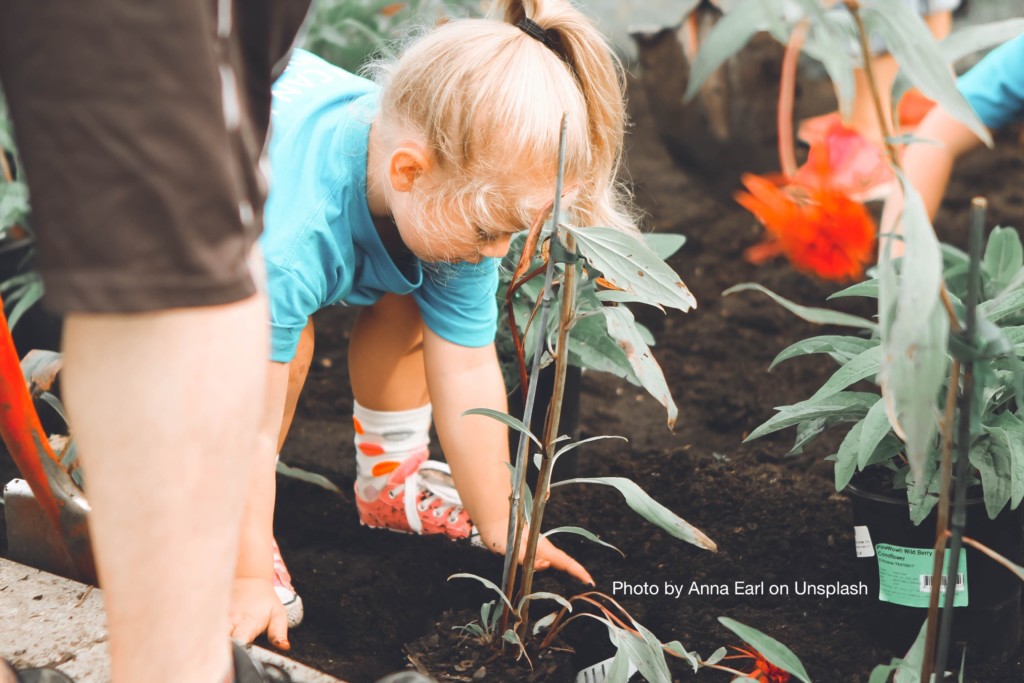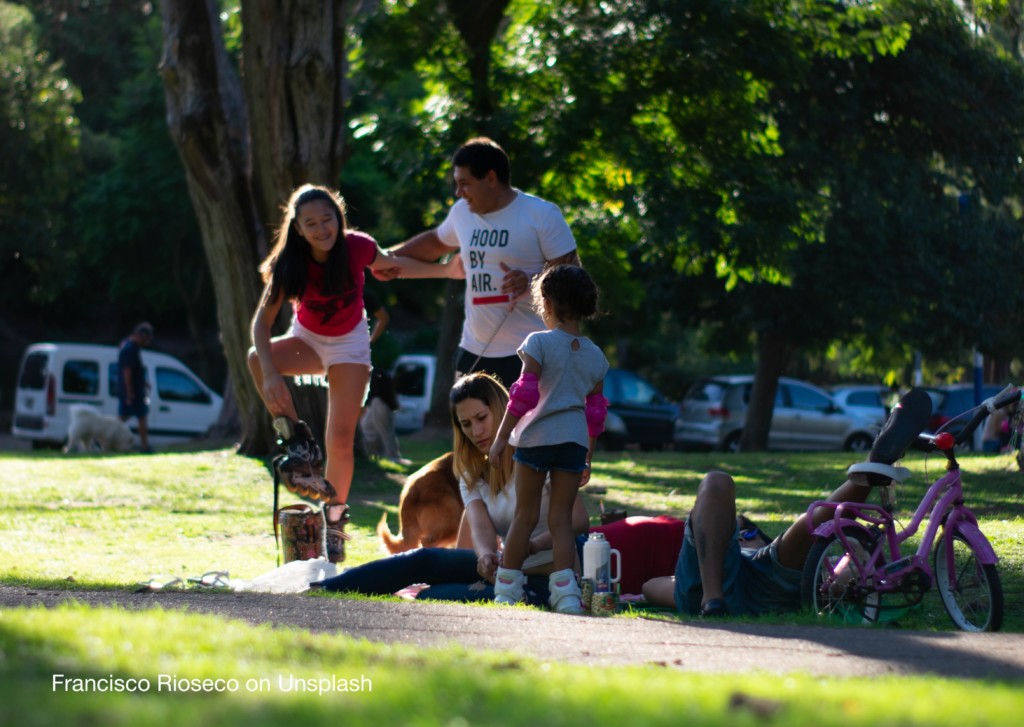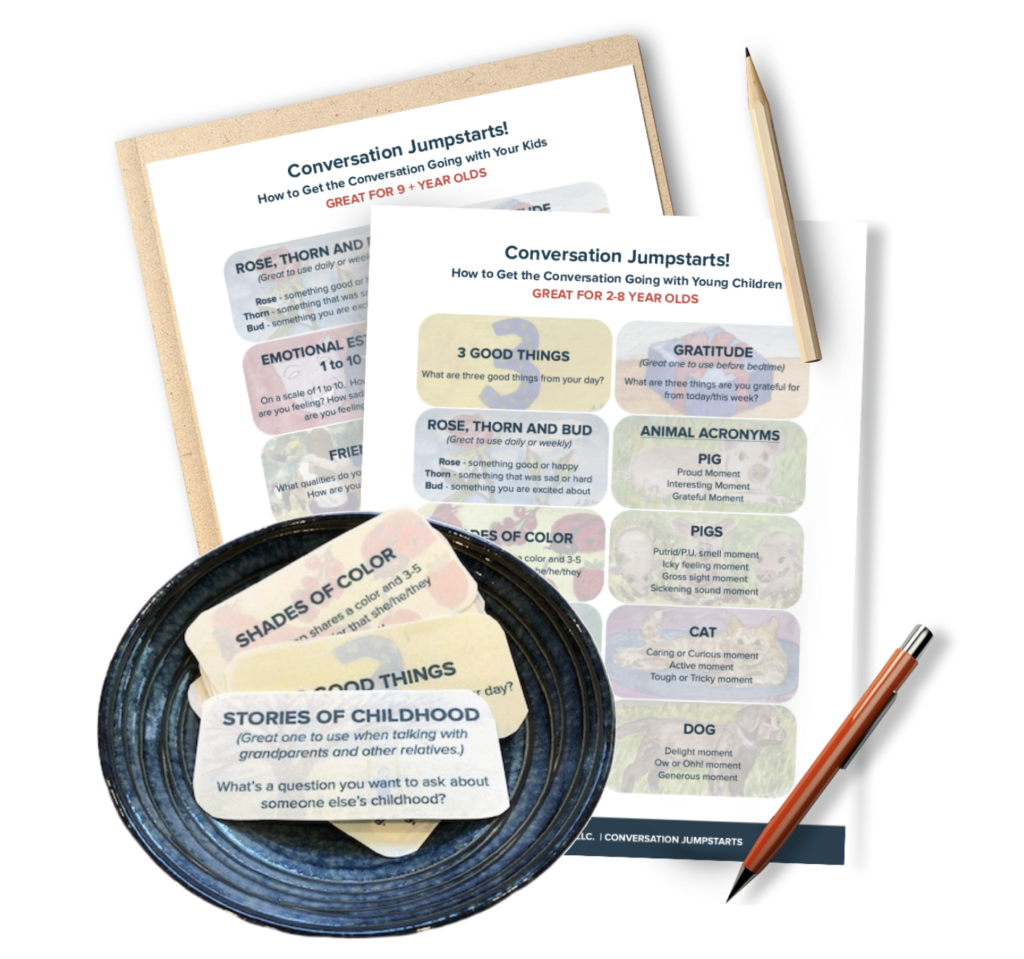What am I going to do with my kids this summer?
How can I make summer special when we are still living through a pandemic?
How do we stay safe and sane and have fun, too?
These are questions my current clients are asking on our calls. Let’s face it. Summer, while fun, also brings more time when you have to figure out things for your kids. You also might feel called to work on racial justice and to serve others with your family and not know where to begin.
So it’s time to get creative and clear on priorities.
Planning for summer can feel like a lonely task. I hope my ideas below will help you feel less alone. This is a good summer to focus on savoring simple pleasures and learning new activities.
No matter what age your children are, they still need opportunities to socialize with other kids, get exercise, be creative, and do new things. And parents need time to do these things, too, as well as take care of our homes, our families, and our work.
It’s time to think like a camp director and let your kids experience some independence.
Camp directors prioritize routines and contributions, meaningful check-in rituals with kids, fun themes, skill-building, and fun. We can take their cues to help our families have more fun this summer, even if we have no interest in actually being a camp director. We just have to think like one to create a plan, set up some frameworks, and get the help we need to make it happen.
In this blog, I’ll share:
- Steps to get clear on what your family wants this summer
- A summer brainstorm sheet you can print out and share with your kids
- Ideas to get your creativity flowing
- A google schedule you can copy and make into your own.
Every family is unique, so I’ve designed ideas to help you figure out a plan suited to your family. Want a partner to help you figure out a plan? Schedule a Clarity Call with me and we’ll design a plan together.
Involving your kids and talking out your ideas with others will help you get clear on summer priorities. It’s also ok to keep taking things day-by-day and week-by-week, as we’ve learned to do during COVID. However, having some intentions and hopes for your summer will help you feel better in September when you look back and reflect on the summer.
Step 1: Get Clear on What’s Most Important about Summer
Do a Summer Brainstorm: Help each family member make a list of summer moments he/she/they want to experience, even if you are not sure how realistic those things are.
This is the time to let minds wander freely. I recommend including simple summer pleasures, like eating an ice cream cone, running through water on a hot day, or smelling the rain coming down during a thunderstorm. Bringing these experiences to mind primes your brain to enjoy these moments more fully when they come.
Free download:
Easy to print summer brainstorm sheets (Fun and colorful version p.1 and one that takes less printer ink p.2)
Credit: My youngest daughter used www.canva.com to make these sheets fun and beautiful. Your kids might enjoy doing this, too!
Hand each member of your family a brainstorm sheet or brainstorm together on one sheet. Then go through and star the ideas you know you can make happen, even with social distancing rules in place. Use these sheets for Step 4: Creating a Summer Roadmap.
Step 2: Write down the essential tasks of daily summer life.
What things need to happen to keep your family’s life moving forward? ~ Work, cleaning, preparation for the summer and fall, outdoor/indoor maintenance, etc.~ This is a place to get clear on tasks kids can learn to do to contribute to the family. Doing chores and household tasks are an important part of creating a sense of belonging and self-worth for kids, even if they complain about it. What you focus on grows, so focus on the fact that they are doing the work instead of getting stuck on any resistance. 
You might organize family tasks like this:
Daily Tasks:
Weekly Tasks:
Monthly Tasks :
Match your kids up to these tasks. What can they learn to do to participate more fully in family life?
It often seems easier to either do things ourselves, or if we are fortunate enough, to hire someone to do things we don’t like or have time to do. However, now is a time to get your kids involved in the daily tasks of living if you haven’t done so yet. Yes, you will need to put in some time and energy at first, and there will be mistakes and jobs not done to your own standards along the way. And yes, it will be worth it in the long run to teach your kids life skills now.
Many parents teach their kids to help with housework early on. We are social creatures, and children naturally want to help and do grown up things from a young age. Use this inclination to teach your children life skills that will contribute to the well-being of the whole family. Find out what they are interested in learning how to do. Then coach them on how to do it well. It’s never too late!
Step 3: How do you want to grow this summer? What do you want to learn?
I always encourage my clients to find out what their children want to explore by asking questions and following their lead. Sometimes this takes a few conversations when kids start with “I don’t know,” but you’ll get them thinking just by asking the question. My clients who have gotten clear with their kids on what each person in their family wants to learn over the summer feel much more satisfied in early September when they look back over what they’ve done. This summer is a good one for learning a new skill or experimenting because we will be home more and need to get creative. What do YOU want to learn? We can model learning something new for our kids, too!
 Try a creative “summer skills” family dinner.
Try a creative “summer skills” family dinner.
Consider making a new recipe to inspire new thinking and/or doing something playful like mismatched napkins or plates and glasses or bringing a picnic to a new spot to get the creativity flowing when you have this conversation.
If you have young children who aren’t yet able to write, you can be the scribe. If you have older kids, you can give them each an index card and a pencil or colorful pens. Invite everyone to come up with 3-5 things each person would like to learn to do this coming summer. This can be a cartwheel or a new language, playing a new song on instrument, painting, doing cool science experiments, or building something to play with outside.
Try my conversations jumpstarts to get the conversation flowing. 
Check out my home page or click on the link that pops up while reading this blog to get my printable cards that you can enjoy with your kids. (Note – If you’ve already downloaded them in the past, you can’t do it again and need to go search your email. Email me if you need the direct link.) Many of my clients have been able to turn difficult dinnertimes and bedtimes into meaningful times for connection by using these cards to spark interesting conversations.
Step 4: Create a Summer Roadmap
Now it’s time to map out a plan to bring your brainstorm lists to life. If you are a planner, this will be fun. If you hate the feeling of being confined to a plan, this can be a list of intentions instead. Read on and see what kind of map you want to create.
If you’re a planner…
Consider using a paper calendar that you have on hand or print out or make your own on whatever size of paper you want to use. Yes, many people have their calendars online, but for this exercise, I recommend writing it out on paper with your kids’ help if possible.
1) Mark special dates: birthdays, holidays, family visits, vacations, due dates, doctor’s appts., camps that are still running, etc.
2) Look over your lists and identify some key themes and dates for your family. Use colored pens and mark up your lists with circles, stars, boxes, whatever works for you to identify themes. Examples of themes that might appear: Music, art, outdoor adventures, science, cooking, beach adventures, playground exploration, crafts, baking, reading challenges, service opportunities, games, exploring new neighborhoods, etc.
3) Map out and pencil in some of your key themes and adventures.
If you define and write down what you want to do, it is more likely to happen.
You can always change your plans, but for now, create a placeholder for what you want to do using sticky notes or pencil.
- For example, if you have decided that you want to go on some exciting hikes this summer, either put “Choose some hikes” at the beginning of each month or identify some now and put them on the calendar.
- Or perhaps you want to explore some local bodies of water. Choose a few and put them on the calendar.
- Maybe you want to play music with your family. Choose a time when you could do this regularly and put it on the calendar.
- Maybe your child wants to write a mini-book about family history…figure out a time to call grandma or grandpa each week and put it on the calendar.
- Does your child want to run or bike but need some company? Create a regular running or biking group with a few friends and put it on the calendar.
Hear the refrain? Once you have an idea, put it on the calendar to make it happen!
If you want to be creative, consider a family theme for each week.
These can be as creative and wacky as you’d like.
- Try “Circle Week” – Eat things that are circular, walk in circular routes, do art that is based on circles, play music that has refrains that come full circle.
- Or “Dragon week” – Eat spicy food, look for places a dragon would sleep or eat when you are out on walks, make up dragon-themed games, read books that feature dragons, draw dragons, build towns a dragon can trample at the end of the week – be silly and have fun!
- Want to learn more about different cultures? Choose a different cultural group or country each week and then read, research, draw, cook, create, and explore things related to that culture that week.
This is a summer to explore and be creative so that you make it fun and interesting!
Create a daily schedule or set of intentions that features key elements you want to make sure happen every day.
Click here for a google sheet you can copy and then edit to make it fit your family’s needs.
Younger children benefit from schedules with specific times for certain activities. Tweens and teens like to have a looser schedule, but often still need guidelines. You might find it helpful to identify which things need to happen before lunch and which things have to happen before dinner or after dinner and then let them figure out how to manage those time frames.
Learning how to plan one’s day is a valuable life skill that takes experimentation, reflection, and revision. Different kids have different needs, so be willing to specialize some schedules according to each child if needed. Let me know if you need help coaching your kids on these skills by scheduling a Clarity Call.
For the free-stylers (adults and kids):
If you love spontaneity and resist structures or have a teen who wants freedom to choose, I recommend helping your kids name some intentions for each day. For example: outdoor exercise, healthy snacks, a creative project, and reading at least one hour. This can be a good dinner conversation each night. Go around the table and have each person set a few intentions for the next day. Write these down somewhere and put them on the refrigerator. Then if your child is bored or slipping into screen time, you can suggest a look at the list to figure out what to do next.
Step 5: Choose one of these ideas and try it out.
I’ve shared a comprehensive approach to planning your summer. However, start small by taking one of these steps or exploring an idea that came to you while you were reading this blog. Remember that each day is a new day and each week is a new week. So if things don’t go well, take a breath, reflect on what happened and start afresh the next day.
The key to summer happiness is to focus on relating to your kids and having fun, no matter what you are doing. What you focus on grows. You can change a regular moment into a special and memorable moment just by changing your mindset about it. Let me know what ideas you try in the comments or send me an email at amy@amybehrens.com . I’d love to hear your experiences!
Who I serve: I coach parents from coast to coast in the US and internationally. Thanks to Zoom, I am currently coaching parents from Boston to Seattle, Connecticut to California, as well as New York, Ohio, and Colorado. I’ve worked with parents in Bermuda, Japan, Portugal, and Canada as well. I’m grateful for these global and domestic connections!









Leave A Comment